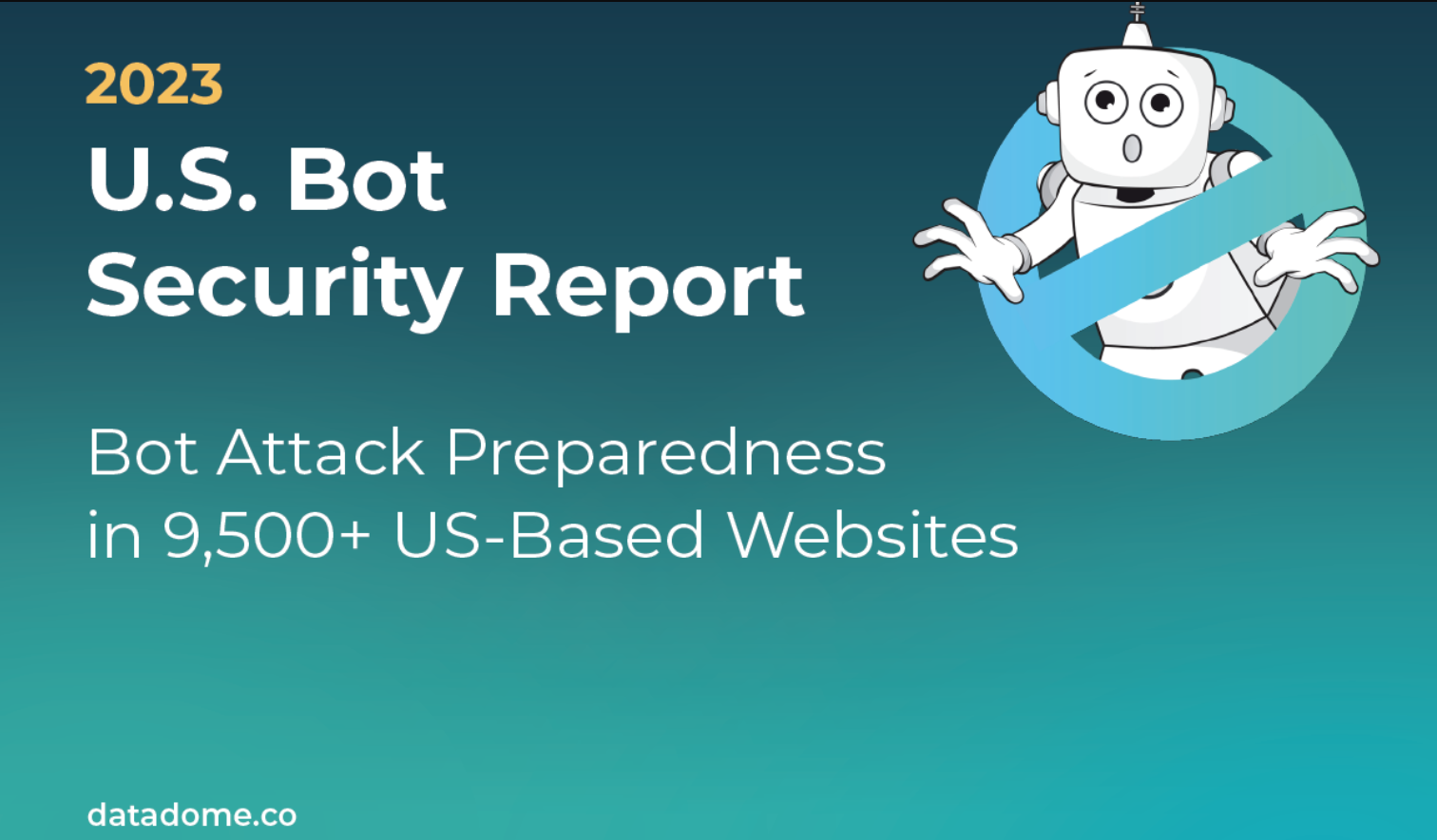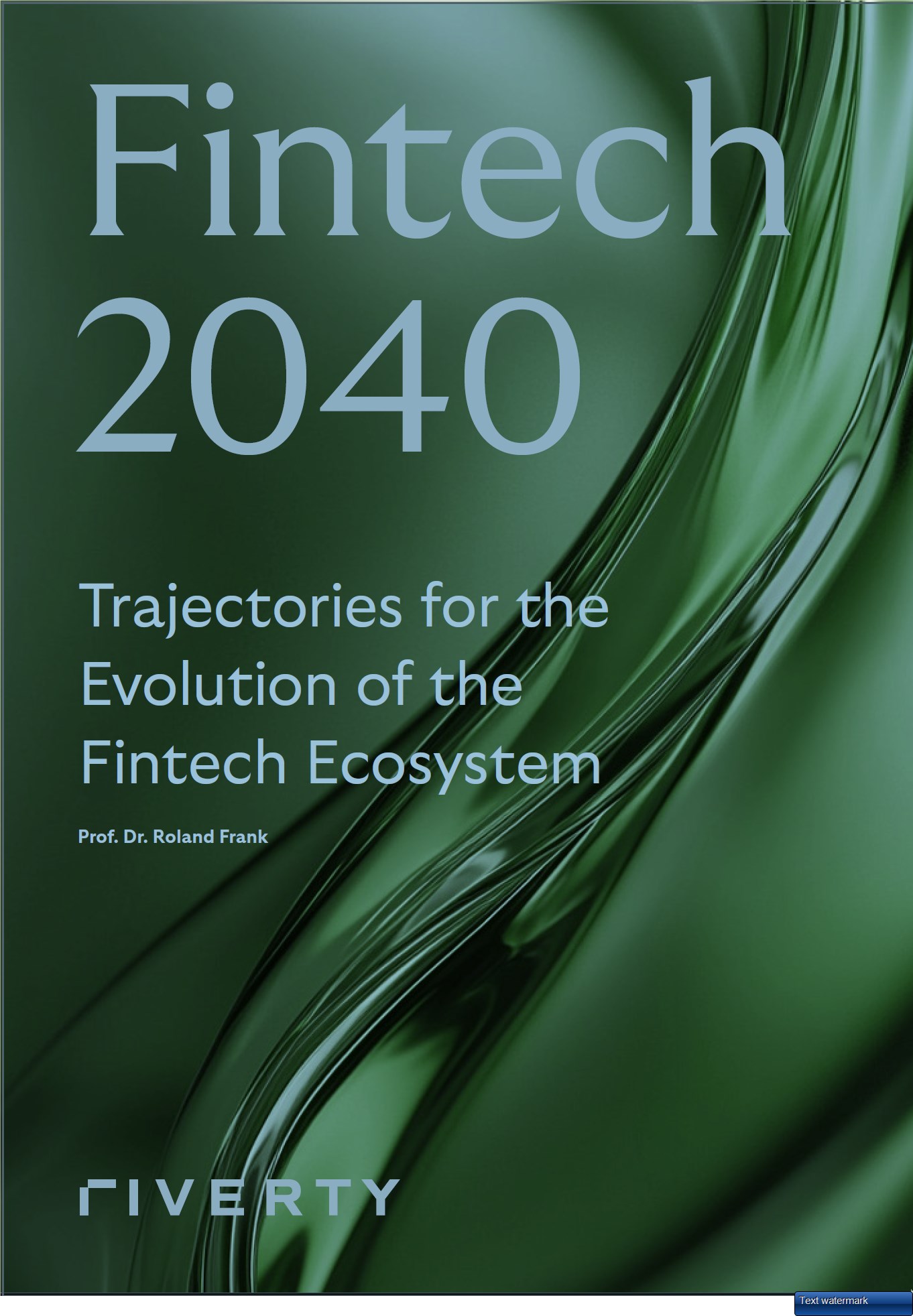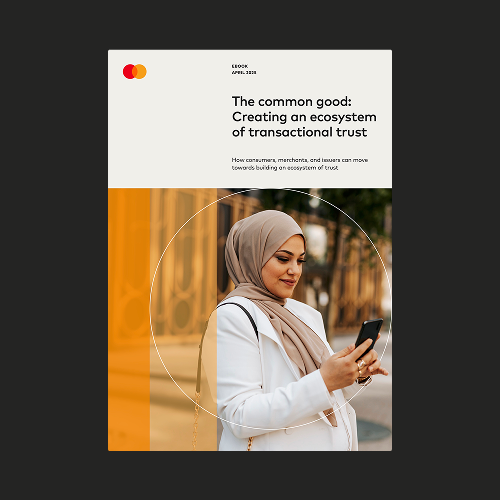New Fraud for a New Era: How Fraudsters Are Changing Targets, Tactics, and Techniques
Fraud
Attack Types
Abuse
Fraud Mules
Returns
Ryan Bermudez and Tim Potvin -- Signifyd
Aug 26, 2020
Webinars
From an eCommerce standpoint, the novel coronavirus has compressed changes forecasted to take years into a matter of mere months. As shopping is increasingly taking place online, fraudsters are also shifting their focus.
In this webinar, Signifyd shares statistics on how retailing has changed during the late winter, spring, and summer months of 2020. Three fraud trends are then examined in closer detail, centered on returns abuse, the use of fraud mules, and loan fraud. The broadcast concludes with Q&A.
In this webinar, Signifyd shares statistics on how retailing has changed during the late winter, spring, and summer months of 2020. Three fraud trends are then examined in closer detail, centered on returns abuse, the use of fraud mules, and loan fraud. The broadcast concludes with Q&A.
Some content is hidden, to be able to see it login here Login
Tagged:

Host a Webinar with the MRC
Help the MRC community stay current on relevant fraud, payments, and law enforcement topics.
Submit a Request
Publish Your Document with the MRC
Feature your case studies, surveys, and whitepapers in the MRC Resource Center.
Submit Your Document














